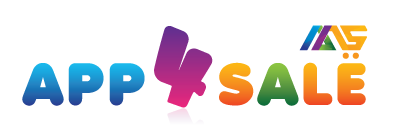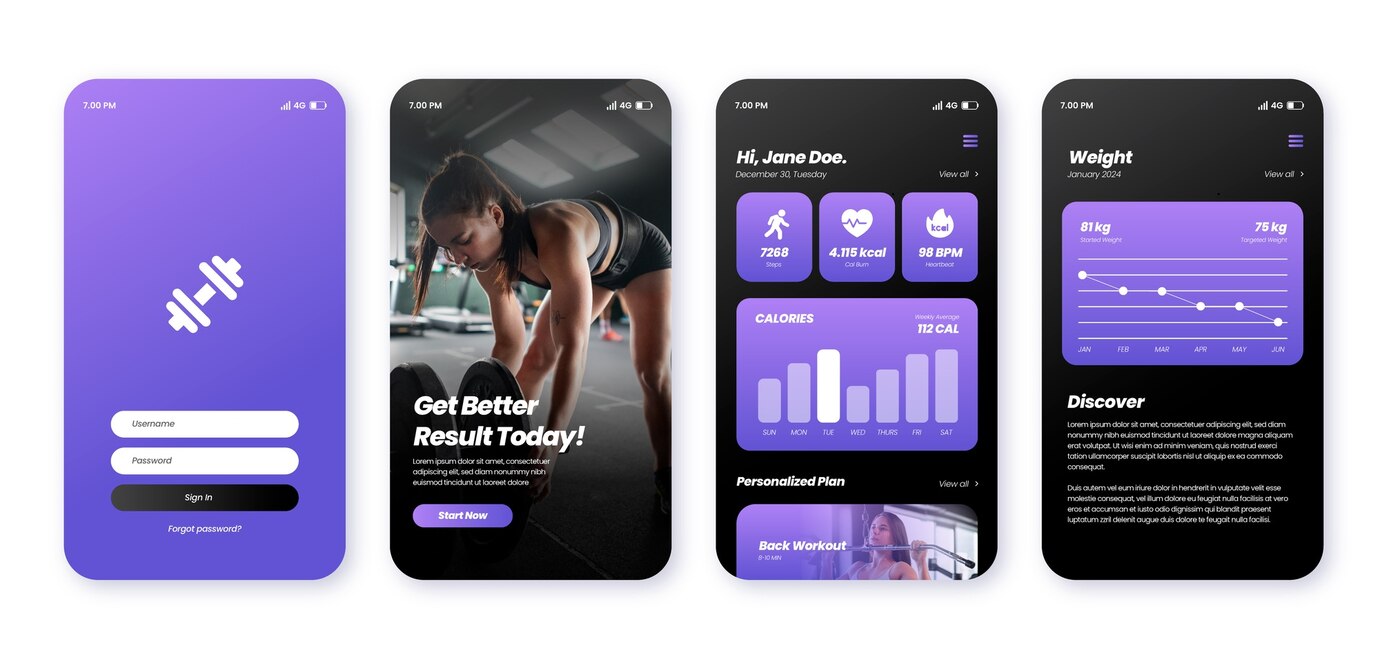Introduction
The fitness industry is booming in the Philippines, with more and more people becoming health-conscious and seeking ways to maintain their fitness goals. As a result, the demand for health and fitness apps has skyrocketed. These apps allow users to track their fitness progress, follow workout plans, and monitor their nutrition—all from the convenience of their smartphones.
For businesses in the fitness space, developing a custom fitness app can provide a competitive edge by offering users a seamless and engaging way to meet their wellness goals. Whether you’re running a gym, a yoga studio, or a wellness brand, a tailored app can help you engage with customers more effectively and enhance your service offerings.
1. The Rising Demand for Fitness Apps
In the Philippines, the growing awareness of the importance of health and fitness has resulted in a surge in demand for mobile apps that cater to workout routines, diet plans, and wellness tracking. From fitness trackers to virtual personal trainers, there are many ways a fitness app can enhance the user experience.
With the rise of fitness influencers and online fitness communities, health and fitness apps are also becoming platforms for social interaction and support, allowing users to connect, share achievements, and motivate each other.
2. Features to Include in Your Fitness App
When developing a health and fitness app, it’s important to include features that appeal to your target audience. Here are some features that can help you create an engaging app:
-
Personalized Workout Plans: Customizable workout routines based on user goals (e.g., weight loss, strength training, yoga).
-
Nutrition Tracking: Users can log their meals, track calories, and receive nutritional advice.
-
Progress Monitoring: Users can track their fitness progress over time with graphs and stats, such as weight, body measurements, and workout performance.
-
Live Streaming: Offering live fitness classes can help you engage with users in real-time and build a loyal community.
-
Social Sharing: Integrating social media sharing features allows users to post their achievements and motivate others.
3. Monetizing Your Health and Fitness App
There are several ways you can monetize a health and fitness app:
-
Freemium Model: Offer a free version of the app with basic features and charge for premium features (such as personalized coaching or exclusive workout plans).
-
Subscription Plans: Provide monthly or yearly subscription options for access to advanced features, live classes, and personalized services.
-
In-App Purchases: Offer in-app purchases for workout gear, supplements, or merchandise.
-
Affiliate Marketing: Partner with fitness brands to sell products through your app and earn commissions.
4. User Engagement and Retention
Building an app is just the first step—keeping users engaged and motivated is where the real challenge lies. To ensure user retention, consider adding the following:
-
Gamification: Reward users with badges, achievements, or points for completing workouts or reaching milestones.
-
Push Notifications: Send reminders and motivational messages to encourage users to stay on track.
-
Challenges and Leaderboards: Create fitness challenges and allow users to compete with friends or others within the app.
5. Conclusion
A health and fitness app is an invaluable tool for promoting wellness and increasing user engagement. By offering tailored features, personalized experiences, and easy tracking, you can build an app that attracts and retains users. At App4Sale.ph, we specialize in creating custom fitness apps that cater to your specific business needs. Let us help you create a fitness app that not only promotes health but also grows your business.

